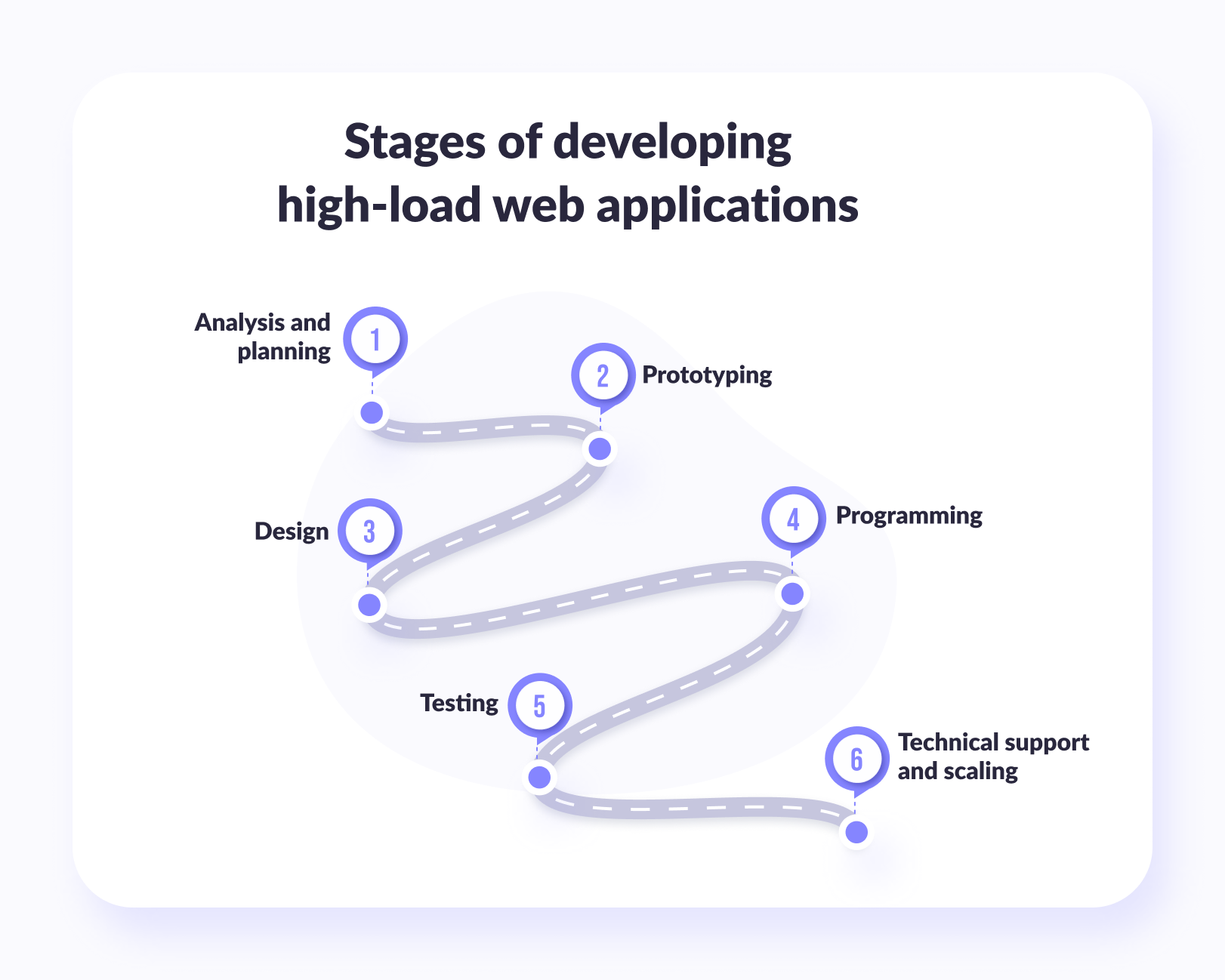Financial technology (fintech) is an industry in which financial companies and banks operate, applying innovative developments, as well as the cooperation of traditional financial organizations with technology companies. Modernization or cooperation is needed primarily in order to remain competitive along with other participants in the financial market.
Interest in fintech products emerged in 2014 when banks began to develop their applications and mobile services and modernize traditional services. Now every third client of the bank uses at least one financial application. In parallel, fintech startups with fresh ideas began to appear. They worked faster than conservative bankers, were not afraid to experiment with money, and were closer to the people. This is how the market for financial and technological applications and services, including mobile apps, began to grow.
In the business environment, an opinion has formed that technology startups can replace financial institutions. On the other hand, economists believe that such a thesis is doubtful, because startups are not inclined to engage in lending. Rather, these parties will enter into more partnership agreements, which will allow them to gain people's attention. After all, users are already accustomed to the fact that all actions can be performed automatically by pressing one button.
The partnership of two previously independent areas is truly mutually beneficial. Financiers and bankers have client bases, access to large capital, and the ability to work in a highly regulated legislative area. But for the same reasons, internal innovation and rapid testing of new solutions is difficult for them. High-tech enterprises need access to this customer base, and in return, they are ready to offer their ability to create value-added services that inspire users.
In this Article:
What are high-load fintech applications
High-load apps do not differ in application and functionality, but they have their characteristics. Obviously, these tools are adapted to large workloads: a large number of concurrent users, user requests, a huge amount of data, as well as complex computational and logical operations that need to be carried out simultaneously in large numbers.

All these features significantly dictate a number of requirements in the development of high-load fintech applications, making it not such an ordinary task. Let's take a look at the features of FinTech software development.
1. Scalability
First of all, it is important to note that applications are not developed immediately for millions of users. It is necessary to set a certain minimum and develop an application that will successfully cope with this volume of tasks. But it is also important that the fintech application provides for the possibility of development and system scaling: adding servers, increasing the number of users and requests, and so on.
2. Load distribution
There are no failures only in an ideal world. In fact, due to any error, any of your servers can fail. It is important to provide for proper load distribution to ensure that such situations do not damage the operation of the application and the experience of your users. Then the server on which the failure occurred will redirect its requests to another working and less loaded server. So the offload will be distributed evenly between the servers, even when not all of them work well. This will add to your durability resource.
3. Stress Testing
When developing high-load fintech applications, load testing plays an important role. Since it doesn't make sense to immediately adapt applications to hundreds of thousands and millions of users, it is important to understand when it comes to scaling. This is where load testing helps. So, immediately after development, the application goes through a series of tests; as a result you know exactly what loads the application is adapted to at the moment. Accordingly, if these indicators are exceeded, you will know that the need has come to move on. However, it is vital to start scaling not when the application is no longer able to handle all the requests of your audience but when the average number of users, requests, or data has already passed the established threshold, but at the same time the application has enough headroom to function during improvements.
Complete FinTech guide
Dive into all industry insights from our leading experts
Stages of developing high-load web applications
High-load fintech applications go through all the typical stages of development, like any other software, but with their characteristics. Let's look at them in more detail.
1. Analysis and planning
First of all, it is necessary to collect all the requirements for the product, as well as analyze the market into which it will enter or the company whose employees will use it. It is also important to pay attention to competitors, the target audience, the features of the business itself and the goods or services it offers. All this helps to see the full picture and develop a competitive product that will benefit customers and profit owners.
For large-scale web apps, at this stage, it is also important to determine the maximum loads, as well as the load indicator that will be implemented in the first version of the product when it is released.
2. Prototyping
An important stage in the development of any software solution which allows you to create an impeccable user experience and think through all the ways to make your application as convenient and useful as possible for your users. At this stage, the structure and architecture of the future software product are thought out so that the achievement of the goal is as close as possible for users.
At this stage, it is also important to provide those structural features of the software that will allow you to avoid duplication and confusion when writing code.

Have you ever wondered?
POC Vs MVP Vs Prototype: The Strategy For The Best Product-Market Fit
If you do not know the difference between POC, MVP and prororyping and can't choose what will fit better, read this article to pick up the best way to conquer the market
Let's see3. Design
When the project is schematically ready, designers draw up its attractive appearance in order to keep the user's attention, stand out from competitors, and be remembered by visitors, but at the same time not distract from the target action and convey all the values of the company and its product or service.
4. Programming
When all the layouts are ready and the final structure and design of the future application are approved, it's time to move on to development. This stage is directly the project's technical implementation, turning just beautiful pictures into a full-fledged functioning resource.
This is the most complex and lengthy development process on which the future product completely depends. Edits at this stage are possible but undesirable since the cost of each of them will be many times higher than it could have been at the design stage.
5. Testing
One of the most important stages for developing high load applications because, without proper QA, the main functions and capabilities of the application may suffer. In addition to checking for compliance, quality levels, and bugs, software products are also tested for their ability to withstand heavy loads, process large amounts of data, and handle many complex simultaneous operations.
6. Technical support and scaling
After the product's release, random errors and failures can always occur because it is impossible to foresee absolutely everything during development. However, scaling is also important for high-load web applications, which is also carried out after the product's release during its active operation. The fact is that when the load indicators reach a certain level, it is necessary to connect additional servers — to scale the application for its correct further operation.

Benefits of high-load fintech applications
Of course, not every fintech business needs to develop high-load applications. So, for example, if you have a small coverage of the territory and target audience (a small city or one district of a metropolis), and your audience is several thousand people, you do not need to invest in such development. However, for a large national and transnational business, the ability to work with a large number of users simultaneously and without failure is essential.
Let's look at the main advantages of high-load web applications:
- The ability to reach a large audience. When your resource is limited, you can lose your audience due to the inability to satisfy all their needs. High-load applications grow along with the number of your users.
- The best user experience. When request volumes become large enough, the application may throw errors or process requests more slowly. This affects the user experience and their satisfaction with your service. High-load web applications make it possible to guarantee successful data processing of requests even if one of the servers fails.
- Possibility of gradual scaling. If you are not Google or Facebook, you are unlikely to create high-load applications for a million users immediately. It is unreasonably expensive or not necessary at all.
- The ability to gradually scale high loads helps save your resources and implement only justified and cost-effective solutions.
With all the advantages of high load fintech applications, weigh all the nuances and features. Make sure this investment is right for you and your business.

Related issue
What Are Super Apps?
In this article, we will tell you what are Super Apps and the most successful market cases. Find fresh ideas to boost your business
Discover nowDeveloping high-load fintech applications in Geniusee
Geniusee, a software development company, offers high-load system development services. We design and build reliable, efficient, and scalable software. When developing high load fintech applications, the Geniusee team is guided by several principles.
1. Careful planning
We always start with a detailed study of business requirements. Before starting work, it is important for us to understand what is most important for the client. And we direct most of our resources and efforts to this. As a result, we are working on really important tasks. This is how we help our customers prioritize getting the best product and saving money.
2. Development of high-load architecture
Our experts analyze the requirements and think over the architecture of the future application. Architecture is the basis of the system on which the success and viability of the project depend.
This necessarily takes into account the growth in the number of users in the coming years. Creating an application from scratch that can withstand the load of millions of people is inappropriate in terms of using financial resources. For such projects, we recommend using the cloud to reduce the cost of server services, as well as to facilitate administration.
Many cloud hosting services offer private network services, allowing developers to securely run multiple web servers in the cloud and easily scale the application. To do this, experts analyze the most loaded or vulnerable parts of the program and transfer them to individual nodes to control traffic.
3. Application Flexibility
Flexibility is one of the most important qualities of high-load software. Modern high-load systems are engineering science, in which everything starts with measuring the high app performance of the current system and reconciling it with business expectations for these indicators.
Applications are also tested at all stages of development to identify functionality problems and solve them in advance. A flexible architecture makes it as easy and fast as possible to make changes to the project and, in the future, facilitates product support.

Forbes recommendation
Building BNPL Solutions: Full Guide From Our CTO
BNPL is now the biggest trend in e-commerce, yet there are things to consider. Our CTO tells all secrets to his Forbes readers and you
Check it out4. Distributed System
If an application needs to handle many users and volumes of data that are constantly growing, one server is not enough. The largest high load applications run on hundreds of physical servers.
In practice, it is impossible to completely avoid failures in the operation of the application's server side. When one of the system components fails or cannot process requests, the server becomes overloaded.
The solution is load balancing. This is the workload distribution across multiple servers or separate nodes in the cloud. An incoming user request can be received from an overloaded server and sent to one that has more free resources to process it. We use special technologies for load balancing.
5. Reliability and security
Users expect not only high speed but also the safety of personal data from the application. This is especially important for applications with access to information about the user's bank cards and electronic wallets. We pay special attention to reliability to protect personal information from third parties as much as possible.

Conclusion
To not create problems for yourself at the stage of developing high-load fintech applications, you need to architecturally lay down the main patterns inherent in a loaded architecture, for example, data partitioning (splitting data of the same type between database id address), etc.
The further project development process is standard but requires regular load testing at all stages of development. It is important to identify bottlenecks early and correct those issues.
Does your system have to work with a heavy load constantly, and it can not cope with the processing of all incoming requests? Order the development of a high load project in Geniusee. Just contact us, and we will be happy to advise you and help you solve your problems.





















